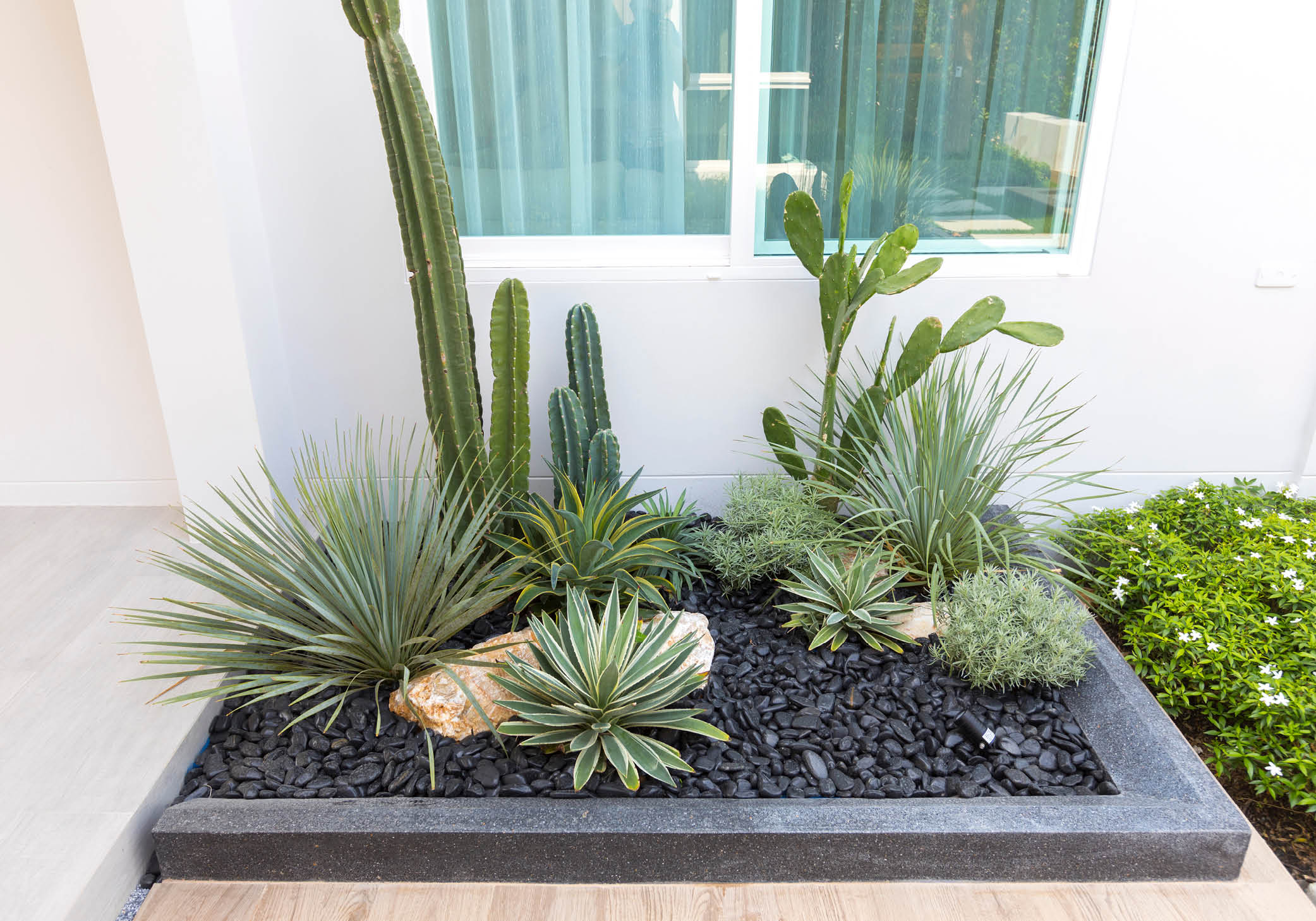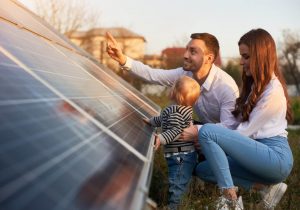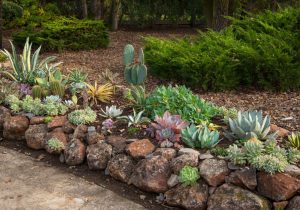
Eco-friendly home improvements can significantly benefit the planet and your wallet. While making choices like purchasing energy-efficient appliances, replacing windows, and switching to renewables to power your home will require an up-front investment, over time, they can make a remarkable difference in the amount of energy you use and waste. Read on as we reveal some of the long-term investments you can make to reduce your carbon footprint while creating a comfortable and eco-friendly home.
Convert Your Home from Gas to Electric
As cleaner, renewable energy sources become more available, the benefits of converting your home from natural gas to electric multiply. Air source heat pumps are considerably more energy efficient than gas-powered furnaces. And while gas line leaks are relatively rare, carbon monoxide poisoning from home equipment is a consideration, particularly during the winter months when windows aren’t open for venting.
The advantages of electric kitchens alone may make you consider electrifying your home, despite the cost of capping off gas lines. Rachelle Boucher, executive chef, electric kitchens expert, and founder of Kitchens to Life, explains to Martha Stewart Living: “‘Natural gas creates unacceptable amounts of pollution with methane and particulate matter in the air. With induction there’s less need for air conditioning and ventilation.’” You are also eliminating open flames in the kitchen, which reduces the chances of you (or your children) being burned or sparking kitchen fires. You might be surprised at another advantage of transitioning to an eco-friendly induction cooktop: faster, precision cooking.
Choose Air Source Heat Pumps
If you have a traditional combustion or electric resistance furnace (or boiler) and want to create a more eco-friendly home, it may be time to transition to an air source heat pump. A modern air source heat pump (aka mini split) is a cooling and heating system that is highly efficient, provides consistent temperature comfort (even in frigid weather), and offers precise temperature controls. It also can save up to 40 percent off your energy bills. Existing state and city energy programs may be available to subsidize your transition — making this investment even more attractive.

Invest in Eco-Friendly Solar Power
One of the best ways to save energy and design an eco-friendly home is to make the switch to solar power. Zillow Lifestyle Expert Amanda Pendleton advises Real Simple: “‘Not only can adding solar panels to a home save energy costs and help the environment, but Zillow research finds homes with solar panels sell for 2.6 percent more.’” While the initial investment is pricey (approximately $15,000), you will start seeing your energy savings immediately. On sunny days, you are likely to generate far more energy than you need to consume; that energy can be traded to the utility. On high-usage days, you still have access to the grid, should you need more power. Additionally, your bill will not fluctuate the way it does when it is tied to fossil fuel prices. There are also numerous tax credits and rebates (federal, state, and municipal) to help pay for your new solar system. In fact, you can get about 30% of the total system costs refunded to you through a federal tax credit when you file your annual income taxes.
Martha Stewart Living recently highlighted the Solar United Neighbors organization that represents “solar homeowners, community-based solar projects, and clean energy” as a resource for anyone thinking of making the change. Think of it as a “Solar Co-Op” where neighbors commit to enjoying the benefits of investing in sustainable energy together. The Magazine applauds: “SUN is especially unique in that it helps homeowners throughout the entire installation process, from recruiting co-op members, to assessing your roof and finding the right installers.”
Add New Layers of Insulation
When your home doesn’t have the optimal amount of insulation, your heating and cooling systems strain to keep your rooms comfortable. The pros at Better Homes & Gardens advise that “[adding] fiberglass insulation to your attic floor and house walls [can] save up to 20% on heating and cooling costs,” as it can significantly mitigate energy loss. Other insulation products, like mineral wool, polyisocyanurate panels, sheep’s wool, and denim insulation are also environmentally friendly options The Spruce recommends.
Install Skylights
Maximizing your home’s access to daylight can be critical to keeping energy use low. The experts at Better Homes & Gardens suggest hiring contractors to “install skylights in rooms with no windows.” As the Magazine advises, well-positioned skylights can bring so much daylight into your space that “during the day, you might not need to turn on a light.” Skylights can also help you warm the room naturally during the colder months. And not only can skylights improve the value of your home, but you may be eligible for tax credits to help offset the cost of installation.

Upgrade to Energy-Efficient Windows
If you want to upgrade to a more eco-friendly home, it might be time to invest in new windows. Real Simple is a fan of installing double-pane options. The Magazine reports: “According to the Edison Electric Institute, heat leaks through a single glass pane about 14 times faster than it does through a well-insulated wall.” The experts at Better Homes & Gardens agree and suggest looking for “Energy Star-rated windows” that are “labeled low-emissivity (low-E) or spectrally selective,” which reduce “thermal heat transfer.”
Buy a Tankless Water Heater
If you have started assessing your options for replacing your current water heater, you’ll want to consider the benefits of transitioning to a tankless system. While swapping your system will require a bigger investment than replacing it with a more conventional model, experts estimate that tankless water heaters can reduce your energy usage by up to 25 percent and significantly limit water waste – a particularly appealing benefit if you live in areas of the United States that are plagued by drought.
For homeowners, a whole-house tankless water heater is likely to be more beneficial than installing point-of-use tankless heaters because, as The Spruce explains, these “units have higher GPM flow rate capacity and can handle the demand for more than one fixture at a time.” Among the units favored by the Magazine, the “Rheem Performance 7.03 GPM Tankless Electric Water Heater” gets a nod for the best overall electric unit because of its performance and ease of operation.
Purchase Energy Star Appliances
Better Homes & Gardens cautions: “Major appliances are your home’s third-biggest energy hog, behind heating, cooling, and water heating.” It’s not surprising that investing in eco-friendly Energy Star appliances can lead to a significant reduction in energy waste and sizeable savings on your bills. The Spruce reports, “appliances carrying the Energy Star rating typically are 10 percent to 20 percent more energy efficient than non-rated models.” Check the bright yellow EnergyGuide labels that specify each appliance’s annual energy consumption and the costs of operating the machine while investigating which models will work the best in your home.

Landscape to Save on Energy Costs
Creating eco-friendly homes includes making smart landscaping choices. In regions that will support them, Better Homes & Gardens proposes “[planting] deciduous trees on the south and west sides of your house” because [in] summer, the leaves will shade your house; in winter, the bare branches will let the sun through for added warmth.” In areas experiencing water restrictions due to drought, consider removing grass in favor of sustainable native plantings that require less water while still attracting and supporting birds, butterflies, and bees.


 Facebook
Facebook
 X
X
 Pinterest
Pinterest
 Copy Link
Copy Link


